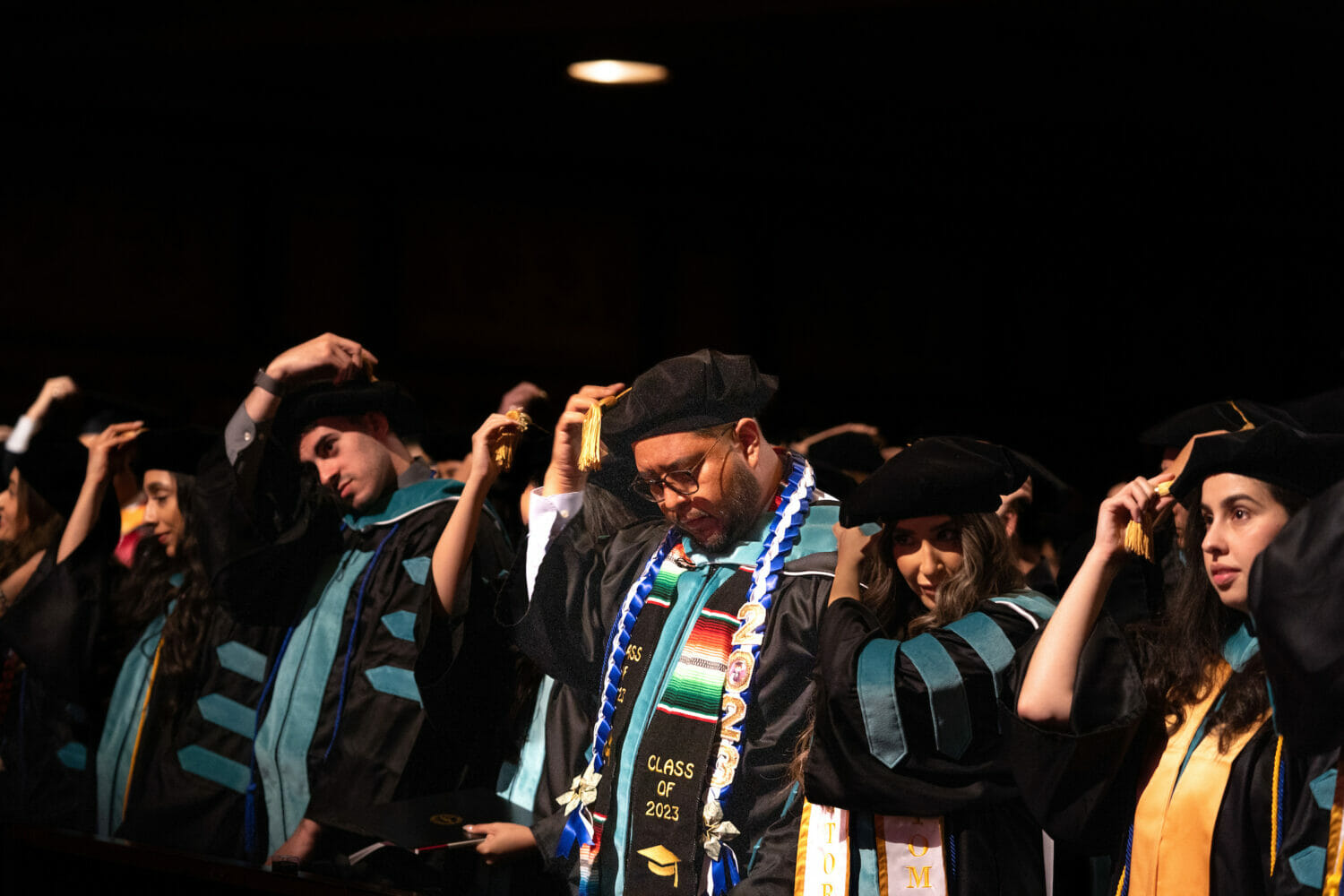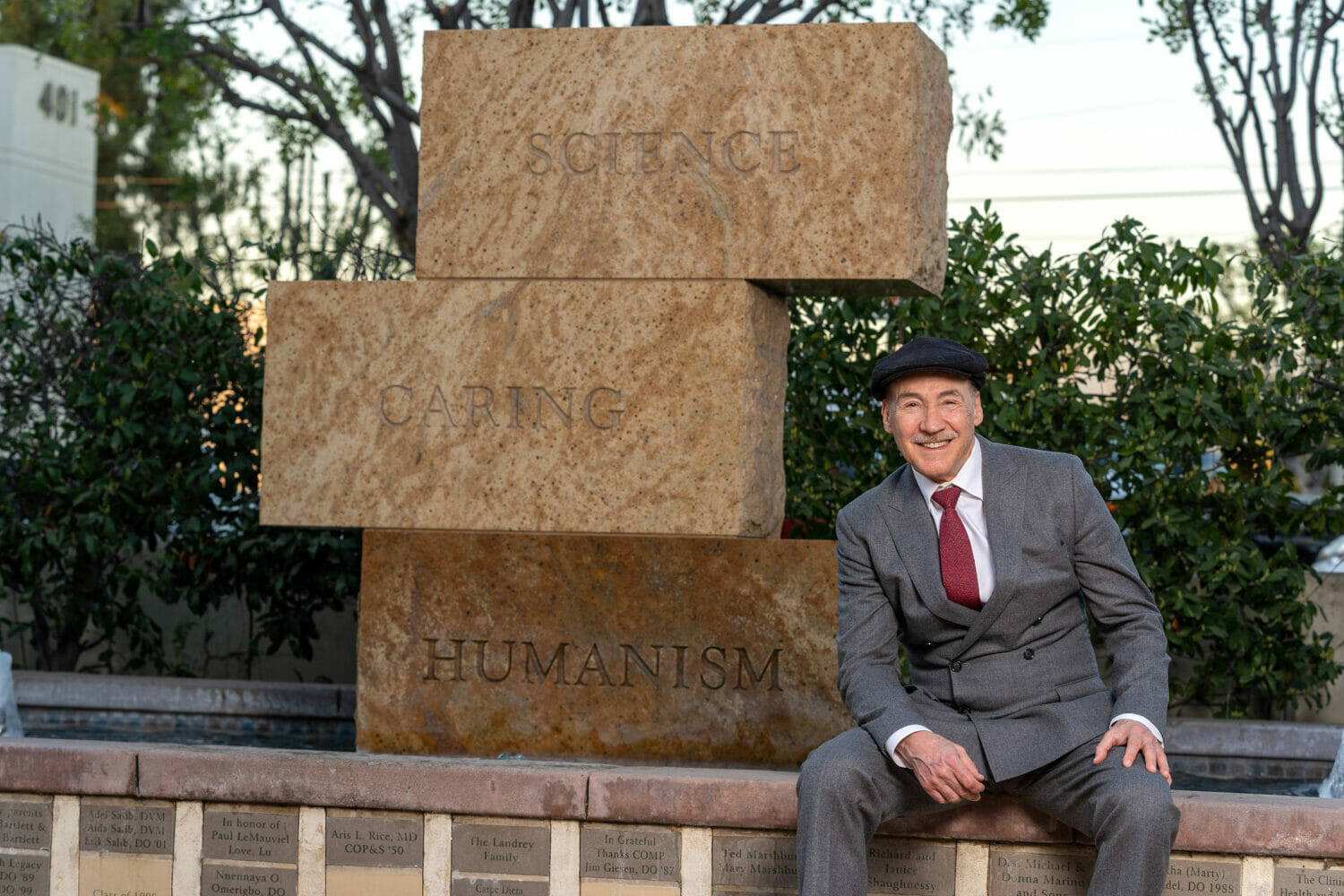New WesternU study explores links between patterns of brain activity and learning mechanisms
A paper by a team of Western University of Health Sciences researchers sheds new light on how rhythmic brain activity affects learning and memory.
“Different Patterns of Electrical Activity Lead to Long-Term Potentiation by Activating Different Intracellular Pathways,” by Guoqi Zhu, Yan Liu, Yubin Wang, Xiaoning Bi and Michel Baudry, was published in the Journal of Neuroscience Jan. 14, 2015. Click here to view the article: http://www.jneurosci.org/content/35/2/621.short.
Brain rhythms are important for processing and storing information. Among the rhythmic activity in the brain, there are two prominent rhythms – theta rhythm, at 5 to 7 hertz, and gamma rhythm at a higher frequency, around 50 to 100 hertz, said WesternU Graduate College of Biomedical Sciences Dean Michel Baudry, PhD, who led the study.
People have known for a long time that theta rhythm is important to coordinate brain activity between different structures. When animals or humans are exploring a new environment, their brain synchronizes its activity at this theta frequency.
The gamma frequency has been shown to be important for memory, as there is a correlation between the amount of gamma activity and long-term storage of information. Disruption of this rhythmic activity is important in a number of brain diseases, such as Alzheimer’s disease, schizophrenia and depression, Baudry said.
The study of rhythmic brain activity also ties into Baudry’s decades-long study into long-term potentiation (LTP), a long-lasting strengthening of synapses between nerve cells produced by electrical stimulation, which is widely recognized as a cellular mechanism for learning and memory.
LTP was discovered when researchers would give a one-second burst of high-frequency stimulation (HFS) at 100 hertz, strengthening synaptic connections between the cortex and hippocampus. Researchers began looking at the phenomenon of long-term potentiation, and found it had all the right attributes to be a learning mechanism.
The initial stimulation protocol was one second at 100 hertz, in the range of the gamma frequency. About 25 years ago, this protocol was criticized as not truly re-creating what takes place in the hippocampus when an animal is learning. What’s more likely is an interaction between theta and gamma, so an alternate protocol with a composite of theta and gamma rhythms began being used.
This new protocol, called theta burst stimulation (TBS) was found to also elicit long-term potentiation. Both HFS and TBS produced long-lasting enhancement of synaptic transmission, and at least superficially, it looked like the same mechanisms were involved to translate electrical stimulation into long-lasting changes in synaptic transmission.
This recent study examines how different brain rhythms produce changes in cellular function and translate into mechanisms of memory formation. Results from the study indicate that these two different protocols – HFS and TBS – use very different pathways to lead to the same LTP end point.
Activation of calpain-1 — a calcium-dependent protease that normally is not activated in a cell until there is an influx of calcium — is critical for LTP. This study shows that activation of calpain-1 is critical for TBS-induced LTP but is not needed and is not activated during HFS-induced LTP. HFS does not need calpain, but uses a different signaling pathway. Furthermore, the study indicates that it is possible to switch from one mechanism to another by simple manipulations.
“Now we have discovered two separate protocols to produce LTP that use different signaling pathways,” Baudry said. “We can switch between one mode of learning to another mode of learning by simple manipulations – electrical stimulation or pharmacological.”
The new study also explains a lot of discrepancies in literature. TBS and HFS represent different modes of learning, and therefore the use of one or the other depends on the conditions.
“We know it’s very likely that learning is a complicated process, and there is not just one way of learning,” Baudry said. “We can find new ways to treat learning impairments by using this knowledge about the different mechanisms of learning. The fact that we now better understand the relationship between patterns of rhythmic activity and the cellular mechanisms of learning is a really significant advance in the field.”



